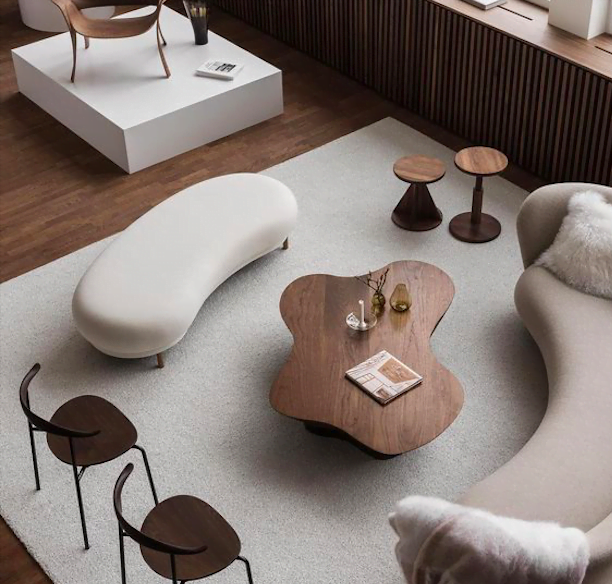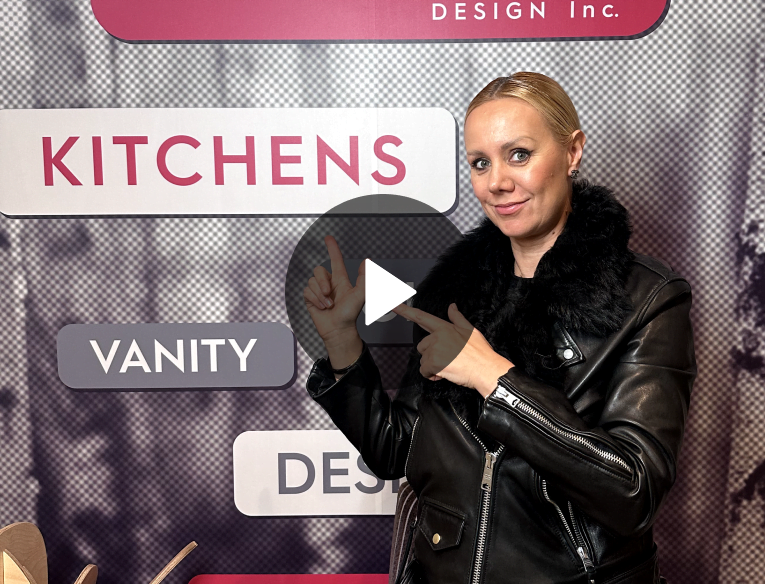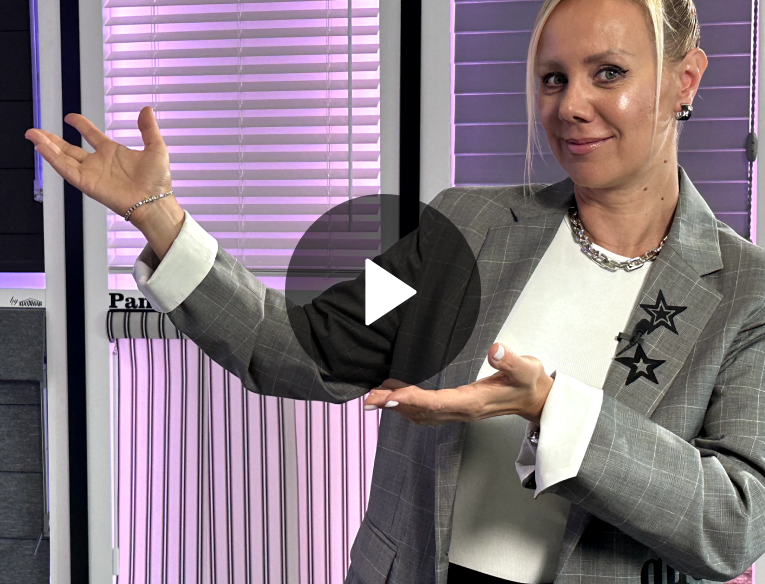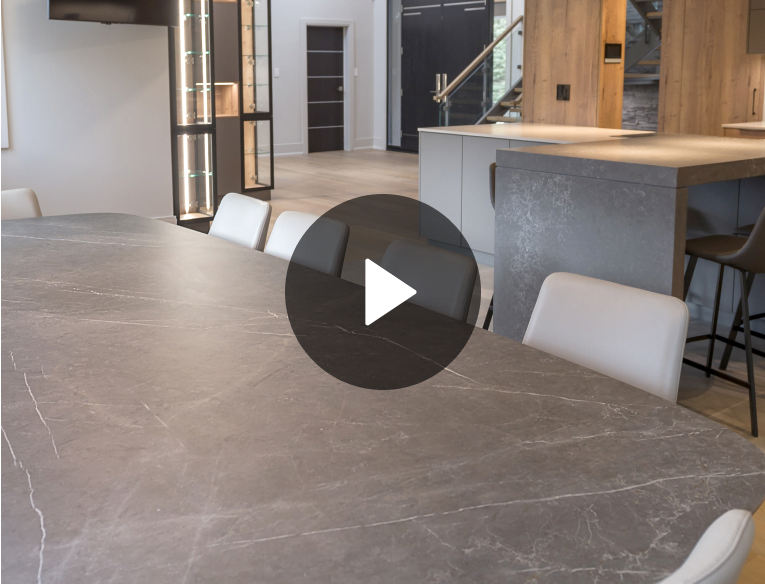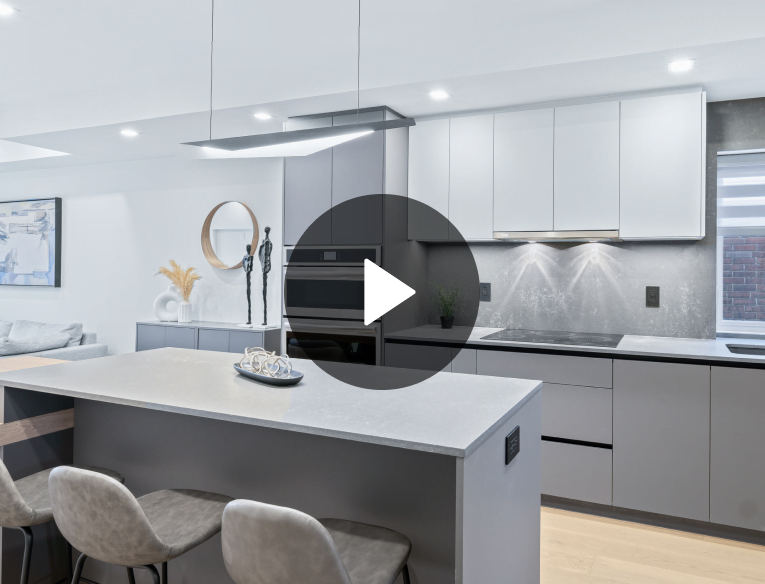Mixing Vintage and Modern Styles
Incorporating vintage elements into a modern space is a growing trend in interior design, and for good reason. The combination of antique pieces with contemporary design not only adds character and depth to a room but also creates a unique and personalized environment that reflects your individual style. However, blending these two contrasting styles can be tricky. Here, we’ll explore tips and strategies to help you seamlessly integrate vintage and modern elements into your home, creating a cohesive and stunning design.
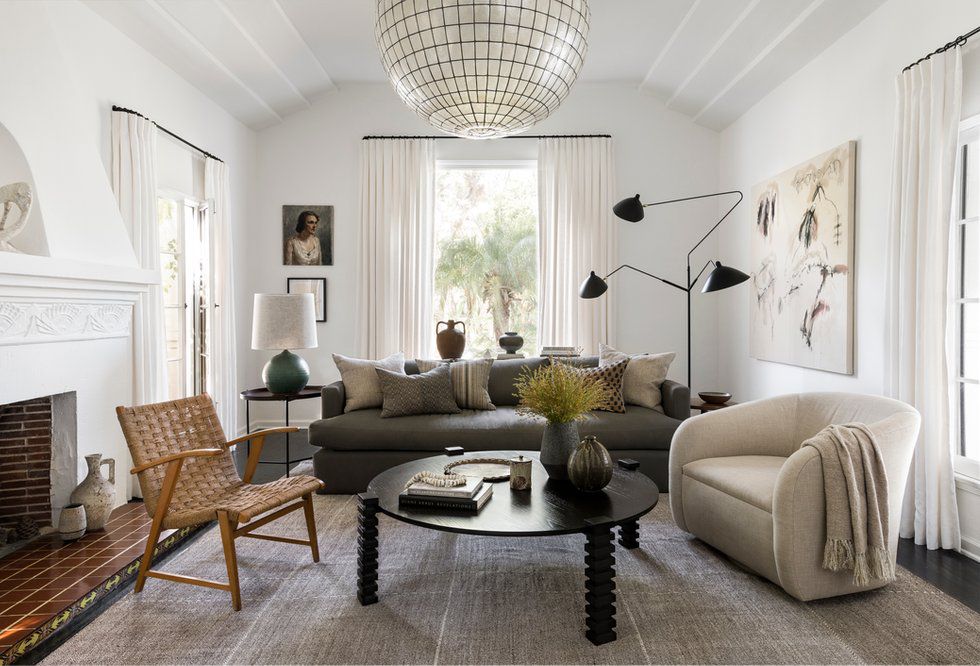
Start with a Balanced Foundation
When mixing vintage and modern styles, it’s important to create a balanced foundation. Start with a neutral base—think clean lines, simple shapes, and neutral colors. This will allow your antique pieces to stand out as focal points without overwhelming the space. For instance, if your modern living room features a sleek, minimalistic sofa, consider adding a vintage rug or an ornate coffee table to introduce a touch of history and warmth.
Choose a Statement Piece
One of the easiest ways to blend vintage with modern is by choosing a statement antique piece that anchors the room. Whether it’s a Victorian-era armchair, an antique chandelier, or a mid-century credenza, this piece should stand out and set the tone for the rest of the space. Surround it with modern furniture and accessories to create contrast and highlight its uniqueness.
Play with Textures and Patterns
Combining different textures and patterns is key to successfully mixing vintage and modern styles. Vintage pieces often feature rich textures like velvet, wood, and brass, while modern design leans towards smooth, sleek materials like glass, metal, and concrete. By layering these contrasting textures, you create visual interest and a dynamic atmosphere. For example, pair a vintage wooden dresser with a contemporary glass vase or a modern leather sofa with a vintage wool throw.
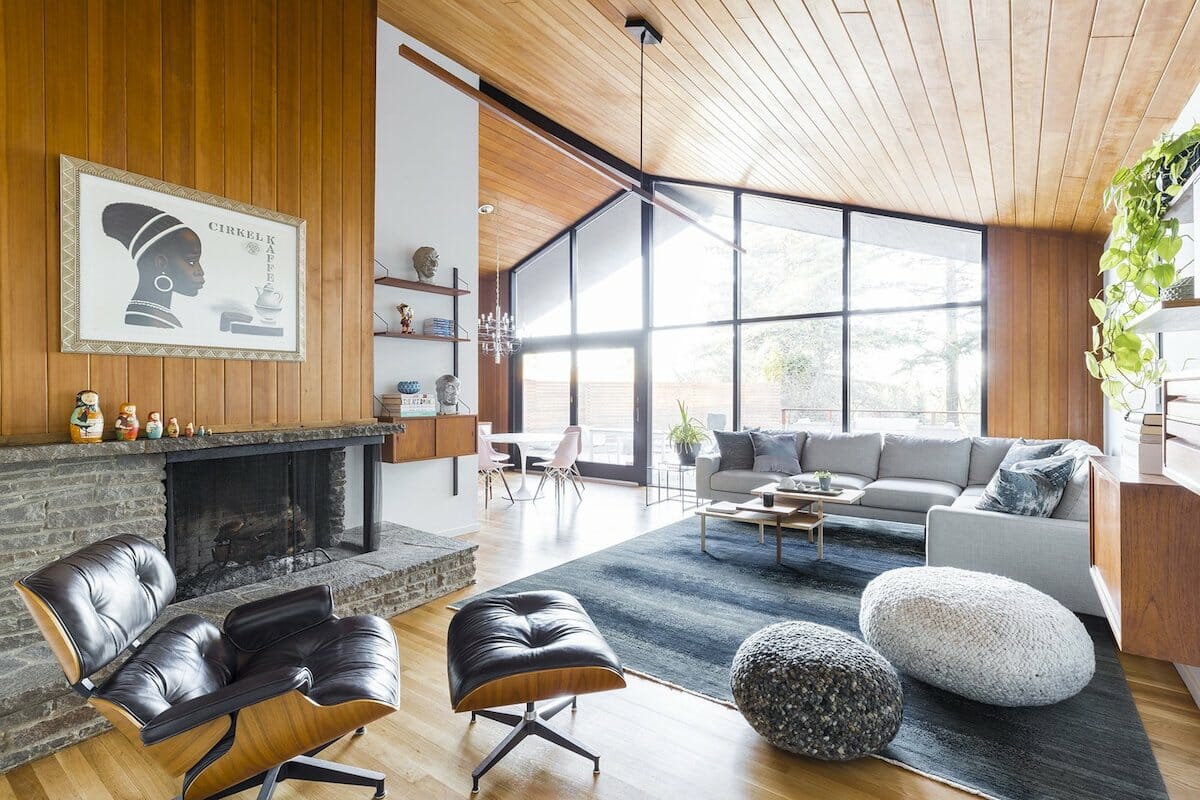
Use Color to Tie Everything Together
Color can be a powerful tool in blending different design styles. To create harmony between vintage and modern elements, choose a cohesive color palette that runs throughout the space. You can either match the colors of your vintage pieces with those in your modern decor or use complementary colors to create contrast. For instance, if you have a vibrant antique rug, consider pulling a color from the rug and incorporating it into your modern accessories or wall paint.
Mix Periods and Eras
Don’t be afraid to mix pieces from different periods and eras. A 1920s Art Deco mirror can look stunning above a sleek, modern console table, while a mid-century modern chair can add flair to a room filled with contemporary furniture. Mixing periods not only adds depth but also creates a layered and lived-in feel that makes your space more inviting and personal.
Blend Functional with Decorative
Vintage pieces often serve as both functional and decorative elements. An antique sideboard, for example, can provide storage while also serving as a conversation piece. Similarly, a vintage clock or a collection of antique books can add character to a modern room while also being practical. When blending styles, look for vintage items that can serve dual purposes, adding both utility and charm to your space.
Keep Scale and Proportion in Mind
When mixing vintage and modern pieces, it’s important to consider scale and proportion. Ensure that the size of your antique pieces is appropriate for the space and complements the modern elements. A large, ornate vintage armoire might overwhelm a small, minimalist room, while a petite vintage chair could get lost in a spacious, contemporary living area. Strive for a balance where both vintage and modern elements enhance each other rather than compete.
Create Visual Continuity with Repetition
Repetition is a design principle that can help create visual continuity between vintage and modern elements. Repeating shapes, colors, or materials in both vintage and modern pieces can tie the room together. For example, if you have a vintage brass lamp, consider adding modern brass accents elsewhere in the room, such as in the hardware or picture frames.
Don’t Overcrowd the Space
When blending vintage and modern styles, it’s easy to get carried away with adding too many pieces. To avoid a cluttered look, be selective about the vintage items you incorporate and ensure that each piece has room to breathe. A well-curated mix of old and new will feel more intentional and sophisticated than a space overcrowded with too many competing elements.
Trust Your Instincts
Finally, remember that interior design is a personal expression of your style and preferences. While these tips provide a guide, the most important aspect of mixing vintage and modern styles is that the result feels authentic to you. Trust your instincts, experiment with different combinations, and don’t be afraid to take risks. The beauty of blending these styles lies in the unique and eclectic spaces that emerge from your creativity.
By thoughtfully combining vintage and modern elements, you can create a home that is not only stylish but also rich in character and history. Whether you’re incorporating a few antique accents or fully embracing the mix of eras, this design approach allows you to craft a space that is truly your own.

